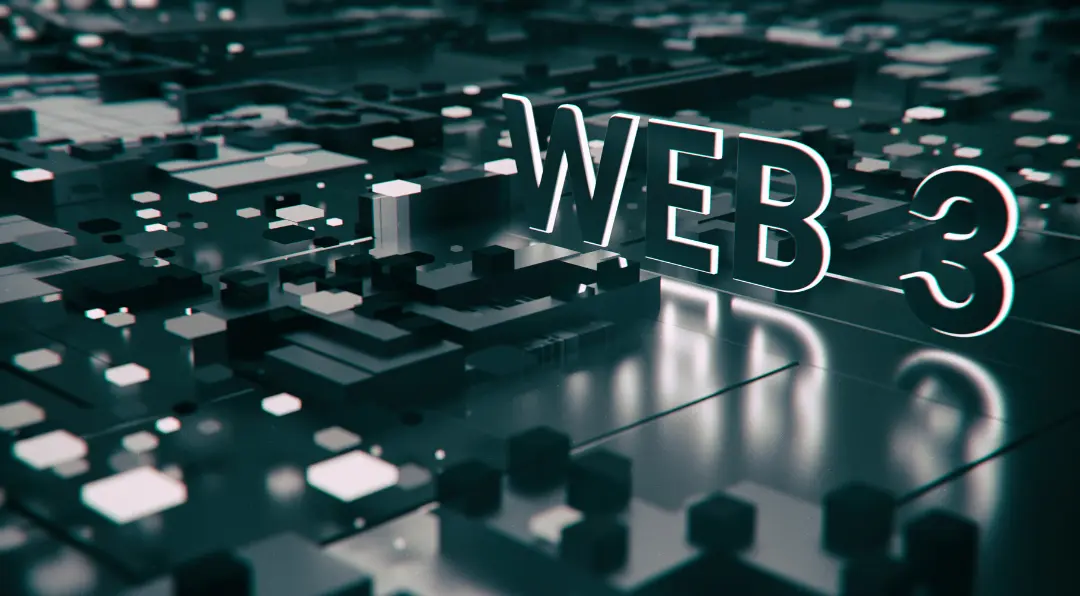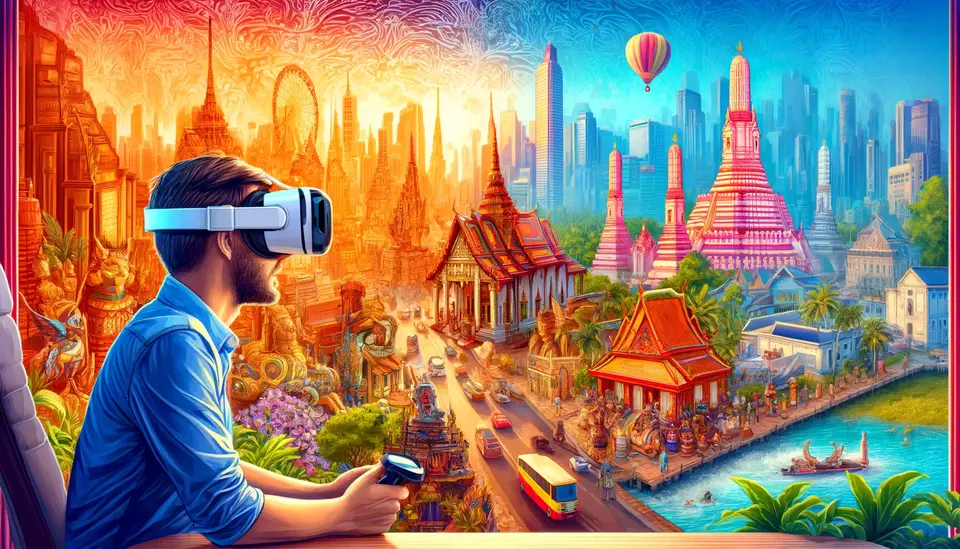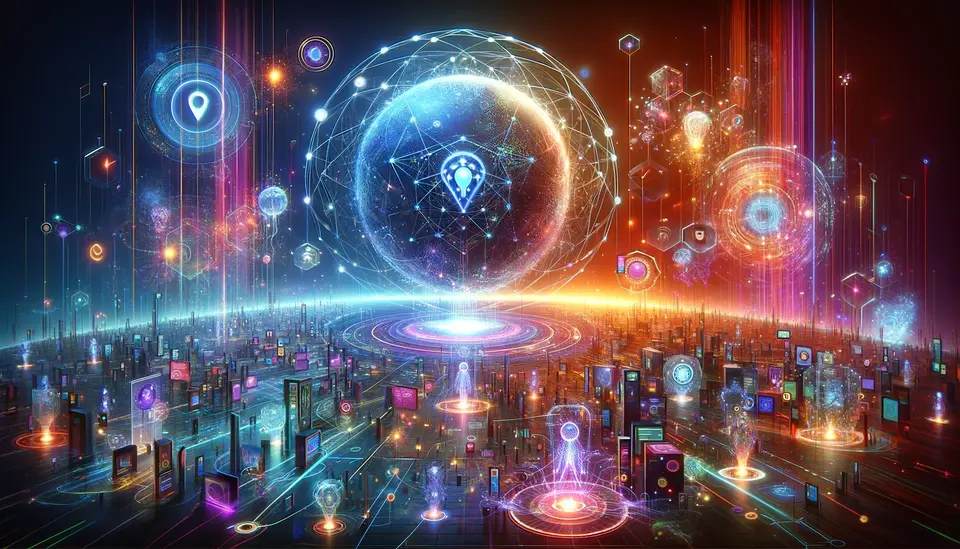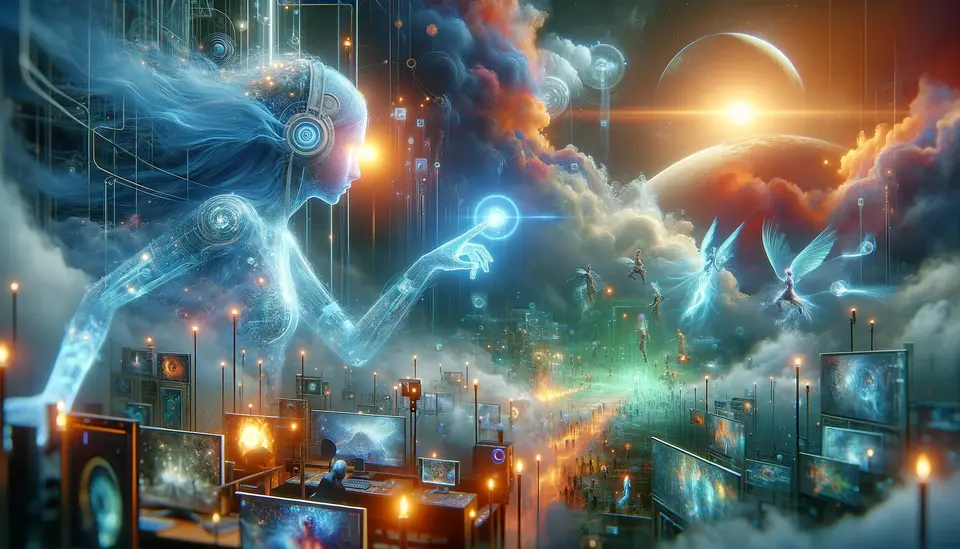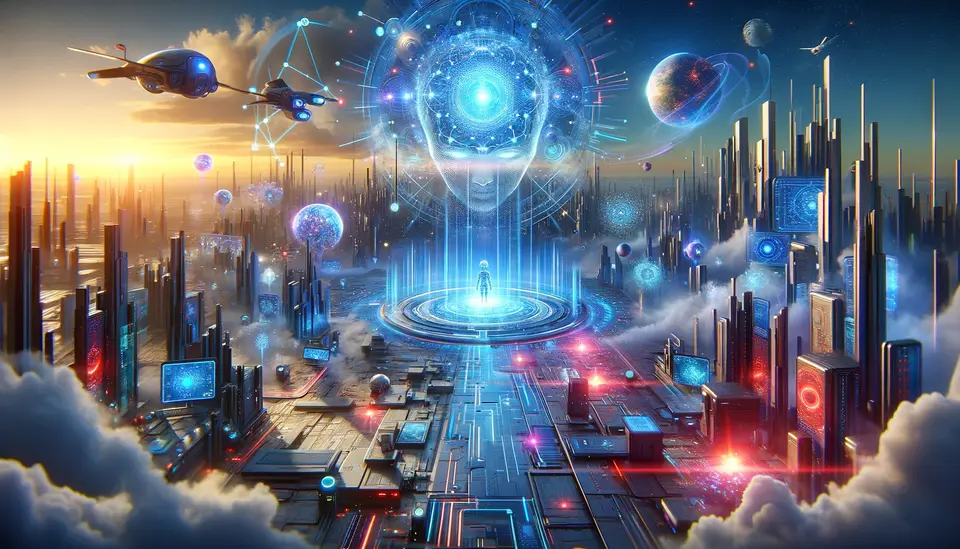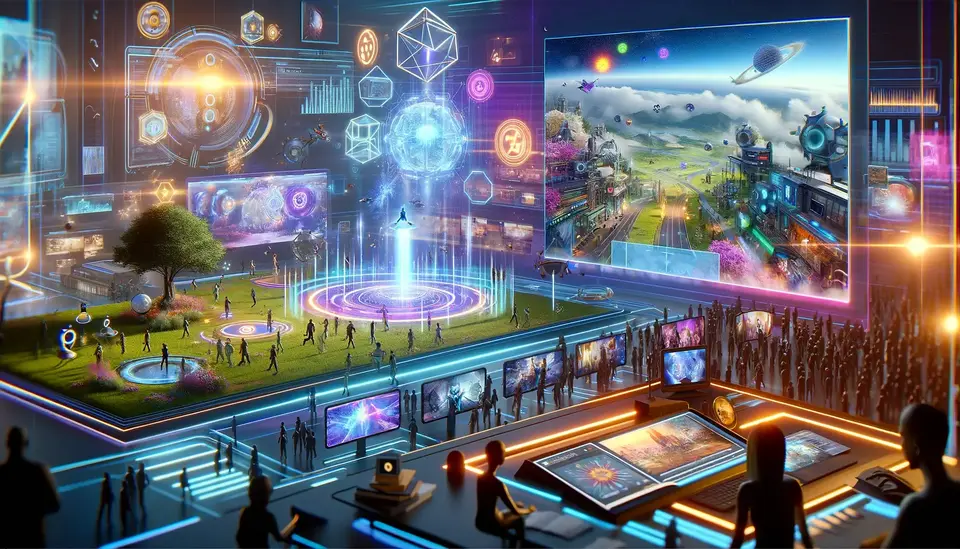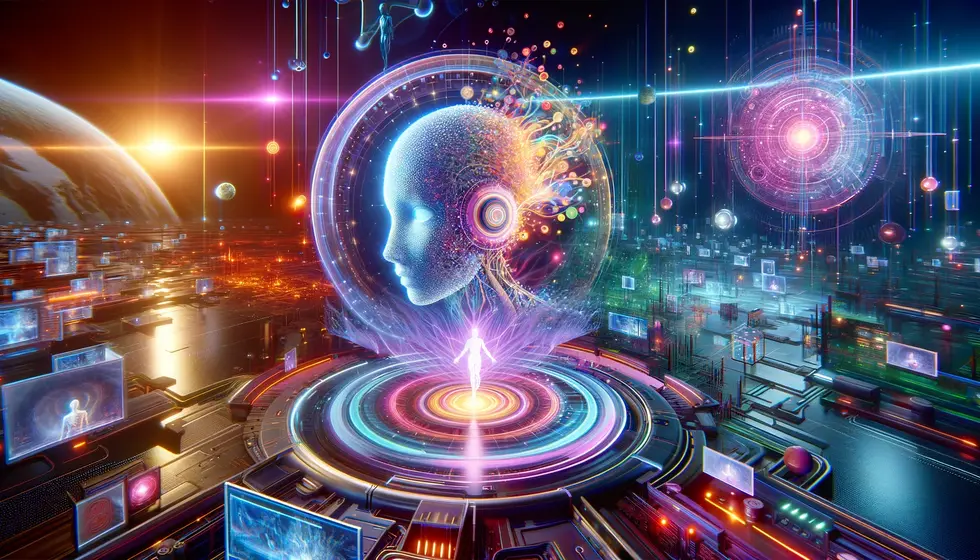What is Web3?
Posted on May 22, 2023 6 minutes 1187 words
Table of contents
The internet has drastically evolved since its inception, transforming the way we communicate, share information, and conduct business. We are on the precipice of another digital revolution with the emergence of Web3, also known as Web 3.0 or the decentralized web. This transformative shift promises to radically alter the landscape of the internet, powering an era of user control, data privacy, and new economic opportunities. Let’s explore what Web3 is, its foundational technologies, and its potential impacts.
The Evolution of the Web
Our journey begins with Web 1.0, the early days of the internet. This was the “read-only” era, marked by static websites and minimal user interaction. Companies and organizations published content, and users consumed it passively. It was an era of digital brochures and online document repositories, with limited scope for personalization or dynamic content.
Enter Web 2.0, the “read-write” web, which marked a significant shift towards interactivity and user-generated content. Social networking sites, blogs, wikis, and video-sharing platforms were the order of the day, transforming the internet into a participatory platform. Despite its significant advances, Web 2.0 also ushered in the era of data silos and privacy concerns due to centralized control of user data by large tech corporations.
Today, we stand on the cusp of a new era - Web3, a paradigm shift from centrally controlled data to a decentralized, user-empowered internet experience.
Defining Web3
The Evolutionary Step: Web3
At its most fundamental level, Web3 represents the next evolutionary stage of the internet. While Web 1.0 and Web 2.0 centered around information sharing and interactivity, Web3 is envisioned to introduce a paradigm shift, offering a more equitable, secure, and user-empowered internet.
Semantic Web: Machines Understanding Information
Web3, also known as the ‘semantic web’, aims to create an internet ecosystem where information is connected and understood by machines, not just displayed for human interpretation. This implies a significant leap in how data is handled and processed, providing the foundation for smarter and more intuitive online services.
The Core of Web3: Decentralization
The central tenet of Web3 is the concept of a decentralized internet. In contrast to Web2, where a few tech giants control and store vast amounts of data (a.k.a. data silos), Web3 aims to distribute this control. It proposes an internet where users, rather than corporations, own their personal data and have the freedom to share it on their terms.
From Central Servers to Distributed Networks
The idea of decentralization also extends to internet services and applications, suggesting a shift from the current centralized servers to a distributed network of nodes. In this model, control is shared across nodes in a transparent, democratic manner, minimizing the risk of censorship and improving overall network resilience.
User Sovereignty: Control Over Data and Identity
Web3 emphasizes the concept of ‘user sovereignty’, giving users direct control and authority over their data, digital identities, and online interactions. This shift represents a massive change in power dynamics, offering more privacy, control, and freedom in the digital world.
Smart Contracts and Cryptocurrencies: Trust and Economy on Web3
Incorporating smart contracts and cryptocurrencies, Web3 aims to create an internet with built-in trust and economic systems. Smart contracts automate transactions and enforce contracts without intermediaries. Cryptocurrencies and tokens serve as digital currencies or assets within this ecosystem, enabling transactions and interactions within the decentralized networks.
The Vision of Web3
However, defining Web3 isn’t just about explaining its components. It’s also about understanding the vision it embodies: a user-centric, privacy-conscious, transparent, and open internet. It’s an internet where you don’t just consume content or use services passively; you actively participate in shaping the ecosystem. You are not just a user; you are a contributor and owner, marking a revolutionary step forward in the democratization of the digital realm.
Web3 is still an evolving concept, but the prospect of building an internet with these principles at its core holds tremendous promise for the future of digital life.
The Core Components of Web3
Web3’s vision hinges on several key components:
-
Decentralization: This concept aims to eliminate the middlemen from transactions and interactions on the internet. Decentralization could bring about data privacy, security, and user empowerment by storing data across a network rather than in a single central repository.
-
Interoperability: This is the ability of different systems and networks to work together. In the Web3 world, various platforms, systems, and blockchains can interact seamlessly, creating an interconnected web of services and applications.
-
User sovereignty: Web3 aims to give individuals full control over their digital identities, personal data, and online interactions. This principle opposes the current status quo where companies hold and control personal data.
-
Smart Contracts: These are self-executing contracts with the terms of the agreement directly written into code. They automate and validate online transactions, reducing friction, and enhancing security.
-
Cryptocurrencies and Tokens: Digital currencies (like Bitcoin) and tokens play a key role in Web3, enabling transactions, representing value, or providing utility within networks.
The Role of Blockchain in Web3
Blockchain technology is central to the functioning of Web3. It’s a type of distributed ledger that records transactions across multiple computers so that any involved record cannot be altered without the alteration of all subsequent blocks. This technology underpins cryptocurrencies like Bitcoin and Ethereum but goes far beyond them.
Blockchain facilitates decentralization, transparency, and security. It’s also the underlying technology for smart contracts, enabling self-executing agreements that help automate and secure online transactions.
On top of these blockchains, developers can build decentralized applications (dApps). These are applications that run on a peer-to-peer network, rather than being hosted on a centralized server. They exemplify the principles of Web3, offering user control, data privacy, and seamless interaction in a secure environment.
The Potential Impact of Web3
The rise of Web3 could bring about significant societal and economic changes. From a data perspective, Web3 could democratize information, ensuring users have control over their personal data and how it’s used. This shift could lead to new business models that respect user privacy while still delivering personalized experiences.
Web3 also promises to shake up the financial world with the rise of decentralized finance (DeFi). DeFi applications aim to recreate traditional financial systems in a decentralized manner, offering services like lending, borrowing, and earning interest in a peer-to-peer manner.
Finally, the principles of Web3 extend beyond commerce and data privacy, potentially reshaping governance and community structures. The concept of decentralized autonomous organizations (DAOs), which are member-owned communities without centralized leadership, may revolutionize how we collaborate and make collective decisions.
Conclusion
The advent of Web3 signals a fundamental shift in our relationship with the internet. While the path towards full realization of Web3 is still being paved, it’s clear that this technology holds tremendous potential. From ensuring data privacy to creating a more equitable internet landscape, the promises of Web3 are vast and transformative.
Web3 offers an exciting vision of the future – one where the internet is truly of the people, by the people, and for the people. It’s an evolving space that deserves our attention, curiosity, and thoughtful engagement. So let’s continue to explore, learn, and shape this future together.

